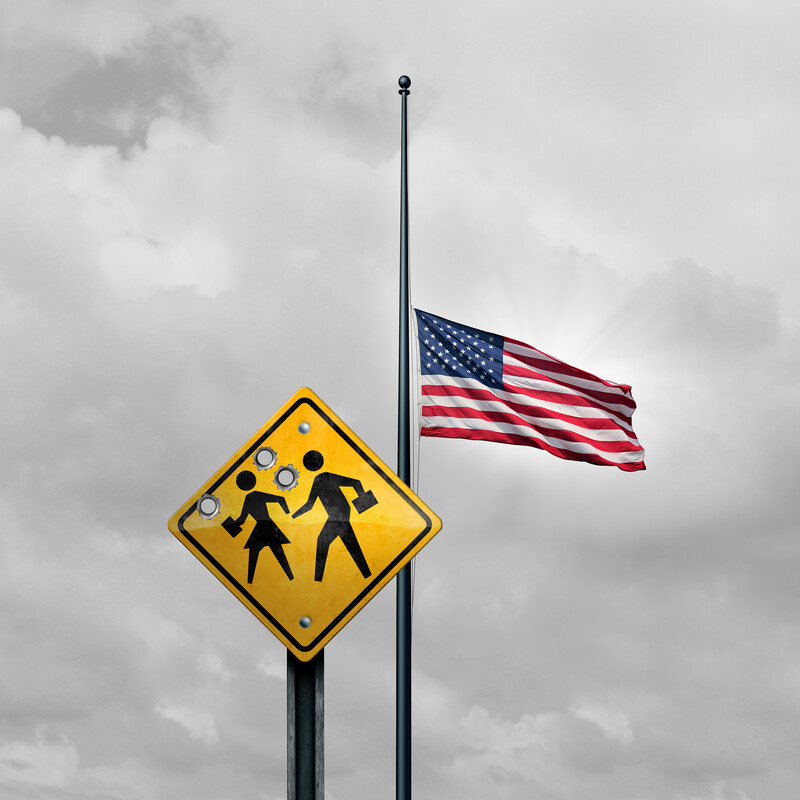


Roundtable: Police PIOs Share Communication Strategies in the Aftermath of a School Shooting
By Police1 Staff
In the unsettling aftermath of a school shooting, law enforcement agencies inevitably encounter inquiries from community members and local media outlets. These queries often surround the agency’s readiness to respond to such incidents should they occur within their jurisdiction.
In this roundtable, we’ve collated firsthand advice and insights from experienced police PIOs about their communication strategies, messaging frameworks, and the protocols they have in place to convey their preparedness, proactive measures and response plans in the face of such tragic incidents. Moreover, we also share best practices for crisis communications should a school shooting occur in your jurisdiction.
Each contributor, armed with years of on-the-ground experience, offers a unique perspective on best practices for communicating with the media. Their collective wisdom provides invaluable guidance for balancing the urgent need for information dissemination, maintaining the integrity of an ongoing investigation, and, above all, ensuring public trust and calmness in the face of a shared crisis.
CRISIS COMMUNICATION STARTS BEFORE THE CRISIS
It’s been one year since the heart-breaking loss of 21 innocent lives in Uvalde, Texas. While there were egregious errors in that response, we can best honor the victims by learning from those failures. Unfortunately, when it comes to communication during such tragedies, many police agencies still rely on an outdated tactic: “Say nothing until we know everything.” That strategy only exacerbates the pain, fear and grief of a community. So, what should we have learned from Uvalde and the multitude of other horrific instances of violence in our communities from a crisis communications perspective?
Best-practice crisis management starts with community trust. Work now to foster strong relationships across your communities through open communication and engagement so people will trust you when a crisis occurs. A narrative is framed within the first few minutes of a crisis. Without trust and a good crisis communications plan, your community will turn to others for information – a social media influencer, politician, or TV talking head. Now is the time to put those plans in place and practice them.
Before an active shooter incident:
- Use social media channels to convey your department’s preparedness for an active shooter scenario. Post your protocols, public alert systems and up-to-date information sources.
- Invite media and community influencers to participate in active shooter drills to share your preparedness information with a wider audience.
- Develop a crisis communications plan that includes early messaging – or holding statements – to issue in the early minutes of a crisis when there isn’t a lot of information available. For more, click here.